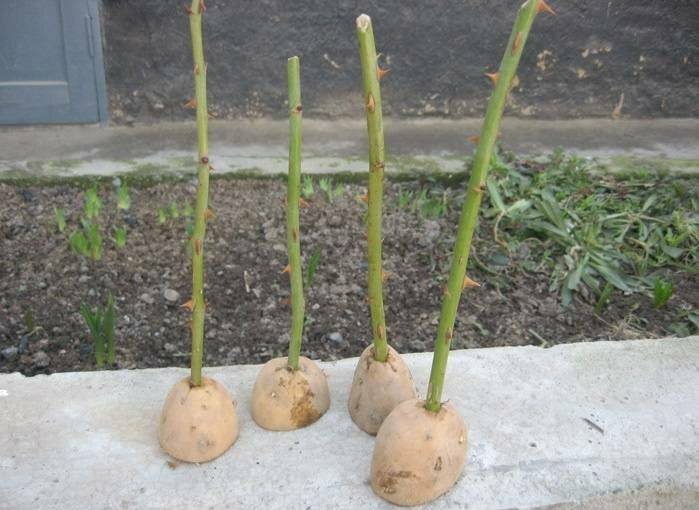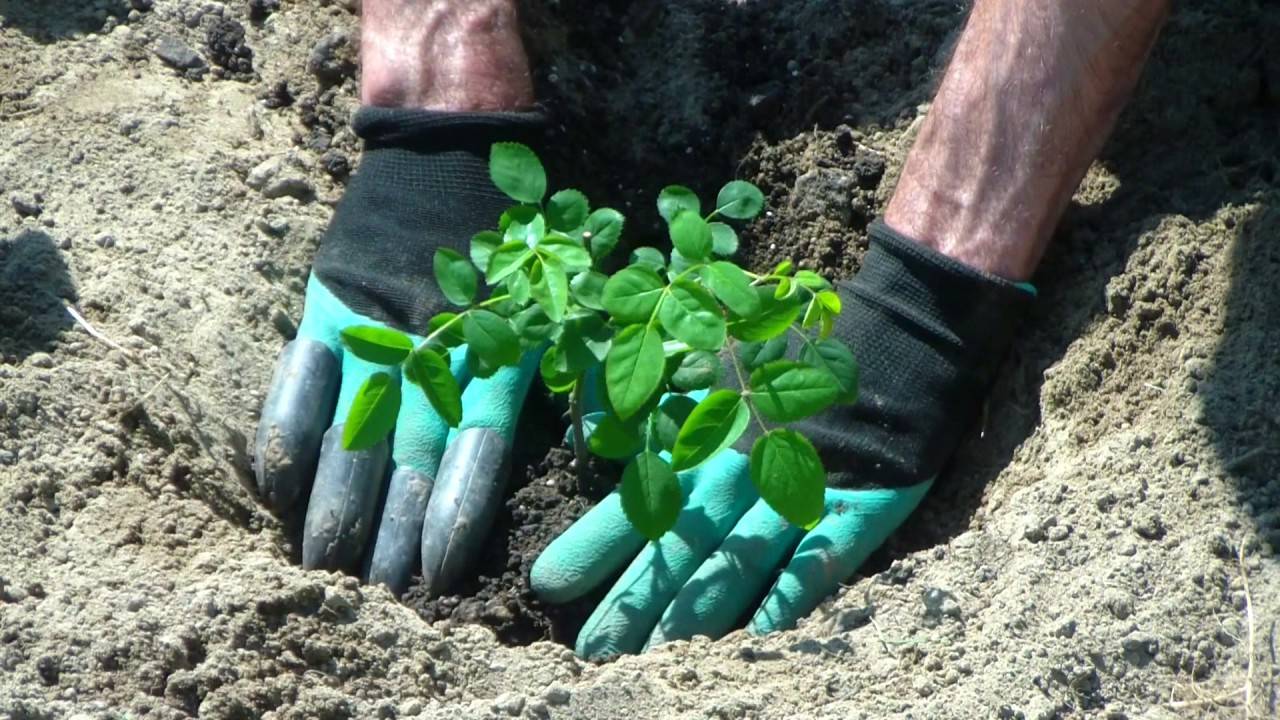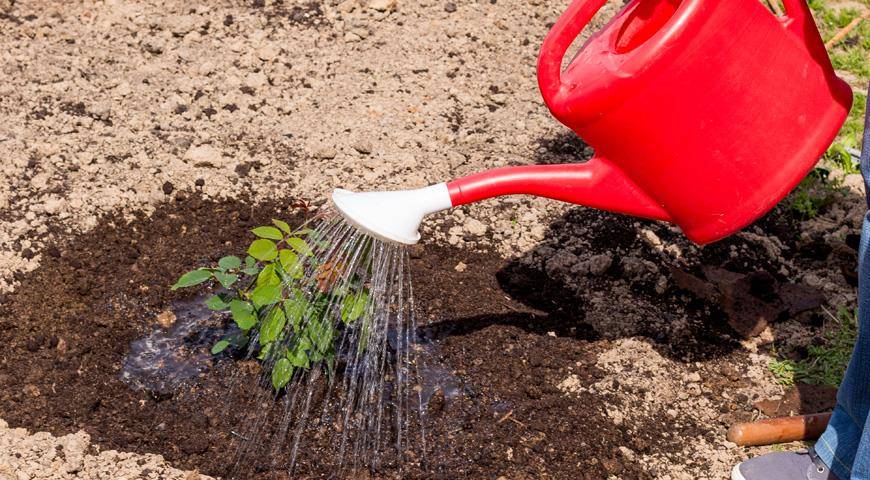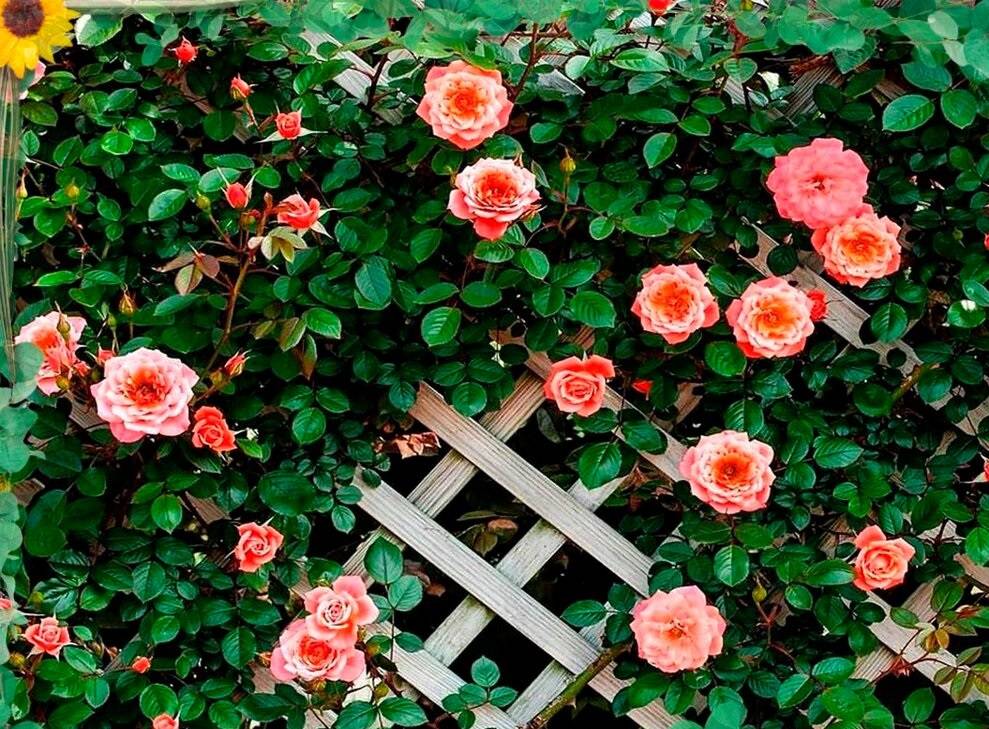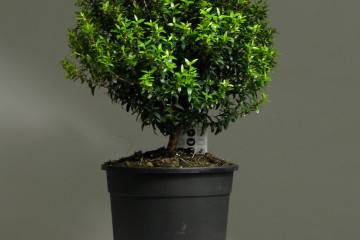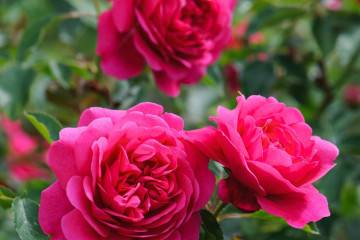How to propagate a climbing rose by cuttings and layering
Content:
In general, any variety of roses can be propagated in many different ways. Cuttings and seedlings take root rather quickly and begin to develop actively. Climbing roses are no exception, which are especially in demand in the design of personal plots and park compositions.
How to propagate a climbing rose
Reproduction of a climbing rose can be carried out both by seed and by a variety of vegetative methods. Some methods can take a long period of time, and some will even change some of the characteristic traits of the varieties, such as the color of the buds.
Climbing bush breeding methods
At home, propagation of a climbing rose is more convenient, quicker and easiest to carry out vegetatively. These include:
- Cuttings. In this case, you can root not only part of the stem with leaves, but also the plates themselves. In a short period of time, with correct manipulations, they will give roots.
- Reproduction using layering. From each bush, you should choose only one branch for rooting, which is dropped into a hole next to it, while not separating it from the main plant.
- Reproduction by root suckers. It is rarely used due to the existence of lighter vegetative methods. However, the method is very easy, you just need to dig out the root growth that forms around the plant and plant it in different places.
- Seminal. It is practically not used in home floriculture. Used in breeding to develop new hybrids of flowers.
- Budding or grafting. It is carried out in late spring or early summer, during the period of sap flow in plants. To reproduce in this way, you need to take one bud with bark from the main bush. Then insert it into the incision in the rootstock, which is shaped like T. Tie it with a bandage, and remove the bandage after healing.
- Division of the main bush. This procedure is carried out to rejuvenate it. It is necessary to dig up the plant completely with the roots and carefully divide it with the rhizome into several equal parts with a sharp knife. Transplant each into separate holes.
Reproduction of climbing roses by cuttings
Before propagating a climbing rose, it is necessary to choose the way in which this process will be carried out, and the most favorable time for this. Almost all varieties of climbing roses are recommended to be propagated in the summer season - from the first half of June to the end of July.
Cutting preparation
Before propagating a climbing rose by cuttings in the summer, it is necessary to prepare the shoot itself. First of all, you need to choose the right shoot from which it will be cut off. These should be healthy and strong, but not lignified branches.It is best to choose medium-aged shoots that have already lost their youth and darkened in color, but did not have time to become too hard.
Cuttings need to be cut from the middle of the branch. The length of the segment is not important, the main condition is that there must be at least 2 healthy functional buds and 2 leaves on it. You can deliberately cut off a long stalk and cut off the lower excess leaf plates. All spikes on the segment must be removed. The edge of the upper cut should pass 2-3 centimeters above the kidney, and the lower one should be closest to the last kidney.
After the required number of cuttings has been cut, they should be soaked for a couple of hours in a special root-forming solution. It is necessary to lower only the lower part of the cuttings into the liquid.
Rooting in water, soil or potatoes
It is best to propagate a climbing rose by cuttings in the summer. There are many ways to do this, such as rooting shoots in young potatoes.
One of the most commonly used methods of rooting cuttings is to place them in regular water. However, it should be borne in mind that this method may not always give a 100% positive result. Already matured in a growth-stimulating saline solution, the trims are placed a third of the length in a narrow but deep container with water. It is desirable that the height of the container be equal to the length of the handle so that it can be covered with a plastic bag on top to give a greenhouse effect. The film will need to be removed only after the appearance of small roots, which will happen in the third week.
The most reliable and traditional way to propagate a garden climbing rose is to self-plant the cuttings in the ground or nutrient substrate. You can dig in the planting material first into a box with a substrate before rooting, or immediately plant it on a garden plot. If the cuttings are planted in open ground, then it is worth choosing places that are warmer and protected from penetrating drafts.
Rooting medium can be purchased from specialized stores or made by yourself. To do this, it is necessary to mix breathable turf soil, river sand and peat. Fine gravel or any other drainage material can be used instead of river sand.
It is imperative to take care of the processes: water and loosen the soil. It is necessary to remove weeds in a timely manner and spray the shoots from a spray bottle with clean water. It is recommended to transplant the bushes to a permanent place in the fall or spring of next year.
To further protect the shoots, you need to cut them in young potatoes. To do this, make a small hole in an unspoiled vegetable and place a cutting in it. After that, bury the tubers in the ground.
Landing in open ground
It is not difficult to grow a rose from rooted cuttings if you carry out the correct planting in open ground. It should be carried out according to the following step-by-step algorithm:
- Dig holes 50 centimeters deep.
- Sprinkle a layer of drainage material at the bottom of each hole. It can be small pebbles, crushed stone, graphy, brick or expanded clay chips.
- Pour a 20-40 cm layer of nutrient substrate with the addition of mineral fertilizers on top of the drainage.
- It is only necessary to plant the shoots after 2 weeks. During this period, the soil and drainage will settle and the bush will not go deep into the hole.
- Having placed the seedling in the hole, you should carefully spread its rhizomes.
- Then cover it with the remaining substrate and tamp it lightly with your hand.
Reproduction of a climbing rose by layering
A decorative rose bush can also propagate with the help of layering. This method is ideal for climbing plants with flexible and resilient shoots. For its implementation, additional costs will not be required. However, it should be borne in mind that it is preferable to root one layer from each bush, otherwise the main plant may eventually weaken.
How to do it right
For rooting, it is necessary to take a lateral cut, it must be strong and healthy, otherwise it will not tolerate the procedure. The landing procedure looks like this:
- Dig a shallow ditch in advance next to the plant.
- Add some ready-made mineral fertilizers or organic matter there.
- Moisten the top and mix lightly with the earth.
- Take aside the necessary shoot and bend it into the hole.
- Gently attach and dig in with soil, leaving a small top of 10-15 centimeters.
- To be sure, you can secure the branch with a wire or hairpin.
If the cuttings get stronger during the summer period, then you can separate it from the main bush and transplant it to a permanent place in the fall. Otherwise, it is best to do this in the spring, and carefully cover the bush and sprout with spruce branches for the winter.
When is the best
The most optimal breeding period for a climbing rose with cuttings is spring, as soon as the soil in the garden area is fully warmed up in the sun. Over the summer, the cuttings will just have time to take root and gain strength in order to survive the winter.
How to care for a rose after planting
In order to get powerful and healthy rose bushes that will curl in the future, you need to properly and regularly care for them. In general, growing roses does not imply troublesome care, but at the first stage of growth, after transplanting into open ground, it requires the timely implementation of all the necessary cultivation measures.
Further care of young bushes consists of a number of procedures described below.
Loosening and weeding
Remove weeds under the plants as needed. It is recommended to loosen the soil after watering, when all the liquid is completely saturated into the soil. Any damage to the root system can lead to the death of the bush, so it is worthwhile to carry out the procedure carefully and carefully.
Watering
Watering should be done regularly. In a particularly dry summer, moisten the earth every day. Do not water the plant during the day, especially on clear days. It is better to carry out the procedure in the morning or in the evening.
Water for irrigation should not be taped, as it contains many heavy metals and substances, especially chlorine, which leads to leaf chlorosis and other diseases. Cold liquid also provokes the appearance of diseases and root decay.
Pest control
It is necessary to conduct a visual inspection of the bushes more often for the presence of pests. As soon as signs of their habitat appear, destruction should be started immediately with the help of special chemicals or folk remedies.
Top dressing
After the young buds of the plant begin their formation and growth, you need to start feeding. To do this, it is best to purchase ready-made mineral fertilizers for climbing roses. The required dosage is already indicated on the packaging of such preparations, which will not harm the plants. Traditional methods can harm small bushes, it is better to resort to such methods when caring for adult bushes.
Shelter for the winter
Before frosts, you need to take care of a reliable shelter for the bushes. First, you need to sprinkle the trunk circle with a lot of earth. Then cover the plant with dry foliage, spruce branches or humus.
In the first year, young roses do not need pruning, the plants should actively gain growth and leaf mass.
Climbing roses can be propagated in various ways, in addition, even a beginner can cope with each of these options. Follow-up care after proper planting is also not a hassle. The main rule is that all activities need to be carried out in a timely manner, then the bushes will decorate gardens or household plots with their abundant colorful flowering for a long period and will never get sick.


